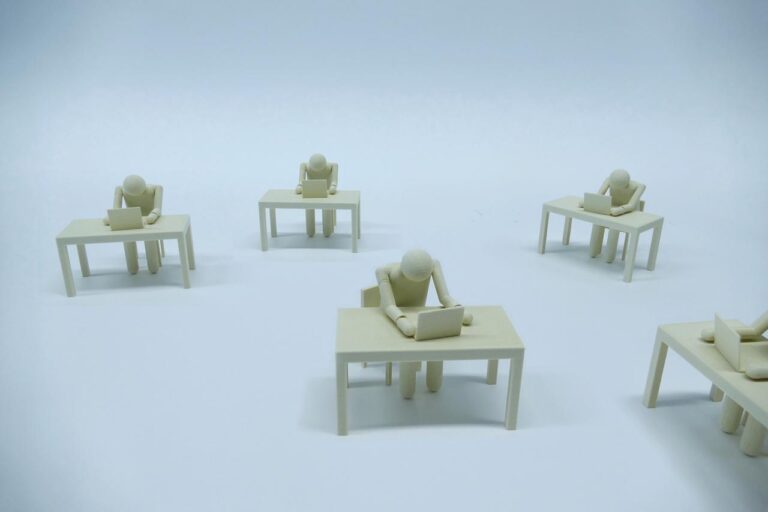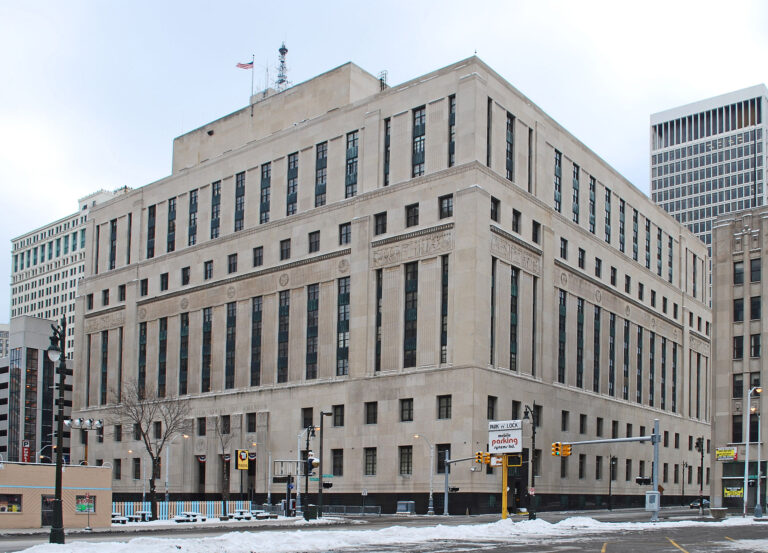Adi Kamdar is a student at Harvard Law School.
Roughly 20,000 factory workers at two GM plants in Canada will strike if a new contract is not signed by tonight, according to MarketWatch. The president of the union Unifor—Canada’s largest private-sector union—said that recent meetings to secure future work haven’t been successful. The factory creates engines for 15% of SUVs sold in the United States.
PBS NewsHour has a feature on the history of labor laws and farmworkers—as well as recent updates that attempt to give them more rights. The piece covers the decision to exclude farmworkers from certain labor laws, to last week in California, which passed a historic law extending overtime pay to farmworkers.
Transit agencies are partnering with Uber to supplement services, according to the Pittsburgh Post-Gazzette. In St. Petersburg, Florida, Uber riders on their way to or from transit stops get direct subsidies—half the cost of a ride, up to $3. Supposedly these systems have “helped increase ridership on their systems,” as they help solve the “first mile, last mile” problem—getting riders to and from transit stops. They’ve also saved money: the Florida public transit authority eliminated two underused routes, saving $140,000 per year, and instead spent $40,000 on the Uber subsidy. The goal, however, is to fill in the gaps where the transit systems are lacking, not to replace the transit systems altogether. According to the article, these partnerships “haven’t been viewed as a threat to union drivers.”
Lyft’s cofounder John Zimmer predicted driverless cabs in five years, according to BBC. Zimmer laid out a timeline in a Medium post: in two years, driverless cars will be available to Lyft users on fixed routes. Next, these cars will be able to go anywhere, but at a maximum of 25 mph. The third stage is full autonomy. While Zimmer notes that this will likely lead to a drop in private car ownership, he claims that the number of jobs for drivers will actually increase in the first five-to-ten years. (Ignore the fact that the post features a couple images that display the elimination of human involvement.) An easier, more efficient system will lead to more riders; more riders means more demand; more demand means more humans handling the initial batch of autonomous vehicles. Zimmer seems to leave out any discussion of the next step.
Motherboard covers “robot labor” in shipping warehouses—a focus point of innovation, despite its burdens.






Daily News & Commentary
Start your day with our roundup of the latest labor developments. See all
December 13
In today’s News & Commentary, the Senate cleared the way for the GOP to take control of the NLRB next year, and the NLRB classifies “Love is Blind” TV contestants as employees. The Senate halted President Biden’s renomination of National Labor Relations Board Chair Lauren McFerran on Wednesday. McFerran’s nomination failed 49-50, with independents Joe […]
December 11
In today’s News and Commentary, Biden’s NLRB pick heads to Senate vote, DOL settles a farmworker lawsuit, and a federal judge blocks Albertsons-Kroger merger. Democrats have moved to expedite re-confirmation proceedings for NLRB Chair Lauren McFerran, which would grant her another five years on the Board. If the Democrats succeed in finding 50 Senate votes […]
December 10
In today’s News and Commentary, advocacy groups lay out demands for Lori Chavez-DeRemer at DOL, a German union leader calls for ending the country’s debt brake, Teamsters give Amazon a deadline to agree to bargaining dates, and graduates of coding bootcamps face a labor market reshaped by the rise of AI. Worker advocacy groups have […]
December 9
Teamsters file charges against Costco; a sanitation contractor is fined child labor law violations, and workers give VW an ultimatum ahead of the latest negotiation attempts
December 8
Massachusetts rideshare drivers prepare to unionize; Starbucks and Nestlé supply chains use child labor, report says.
December 6
In today’s news and commentary, DOL attempts to abolish subminimum wage for workers with disabilities, AFGE reaches remote work agreement with SSA, and George Washington University resident doctors vote to strike. This week, the Department of Labor proposed a rule to abolish the Fair Labor Standards Act’s Section 14(c) program, which allows employers to pay […]